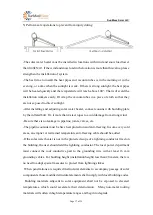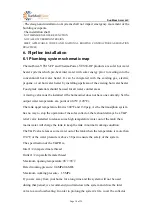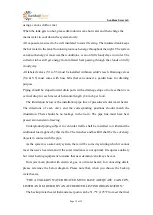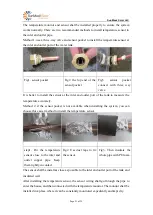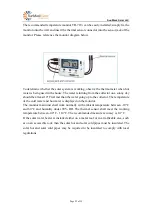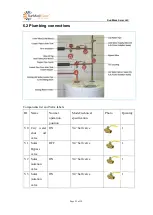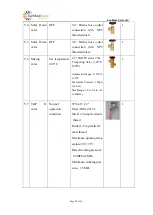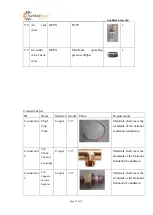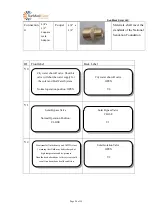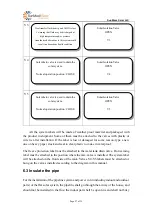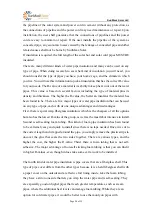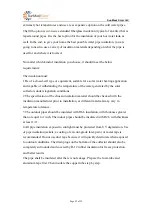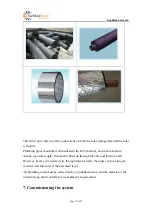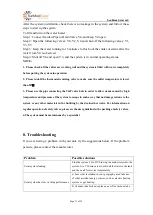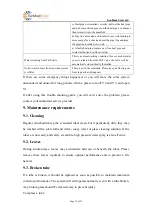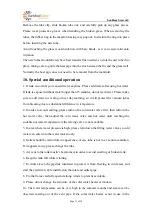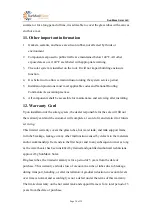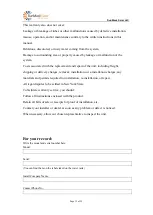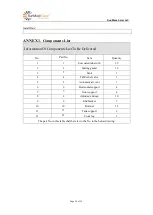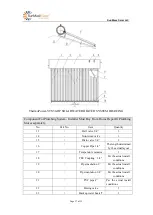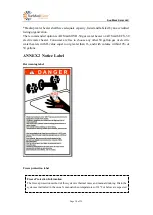
SunMaxx Solar LLC
Page 29 of 39
extremely hot temperatures and use a less expensive option on the cold water pipes.
The fifth option is cut-to-size standard fiberglass insulation (typical of an attic) that is
taped around pipes. It is the best option for the insulation of your hot water tank as
well. In the end, to give your home the best possible water pipe insulation, you are
going to need to use a variety of insulation materials depending on what the pipe is
used for and where it is located.
No matter which kind of insulation you choose, it should meet the below
requirements:
The insulation must:
1 Be of a closed-cell type or equivalent, suitable for a solar water heating application
and capable of withstanding the temperature of the water generated by the solar
collectors under stagnation conditions.
2 The specification of the chosen insulation material should be checked with the
insulation manufacturer prior to installation, as different materials may vary in
temperature tolerance.
3 The outdoor pipes should be insulated with R6.6 insulation, with thickness greater
than or equal to 1 inch. The indoor pipes should be insulated with R2.6 with thickness
at least 1/4”.
4 All pipe insulation exposed to sunlight must be protected from UV degradation. Use
of pipe insulation jackets, a coating of exterior-grade latex paint, or metal tape is
recommended. Do not use duct tape because it will quickly deteriorate when exposed
to outdoor conditions. The drain plugs on the bottom of the collector should also be
completely surrounded and covered by R-12 rubber insulation for freeze protection
and better results.
The pipe shall be insulated after there is no leakage. Prepare the foam tube and
aluminum tape first. Then insulate the copper tube step by step.



